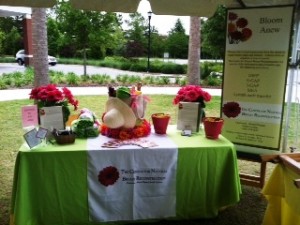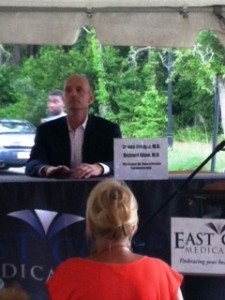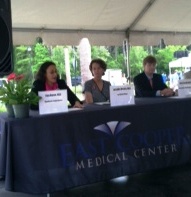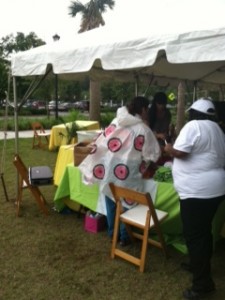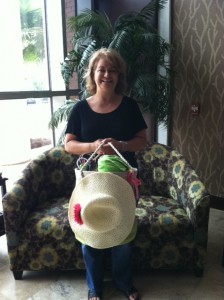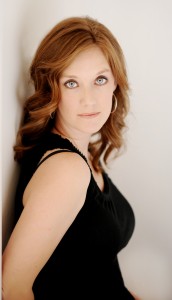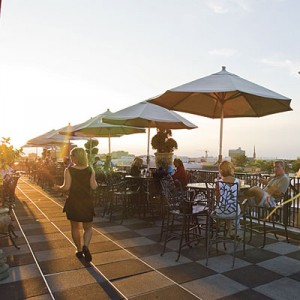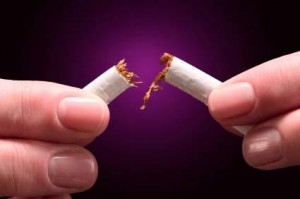 The below question was answered by Charleston breast surgeon, Dr. Richard M. Kline, Jr., MD of The Center for Natural Breast Reconstruction:
The below question was answered by Charleston breast surgeon, Dr. Richard M. Kline, Jr., MD of The Center for Natural Breast Reconstruction:
If the first DIEP flap breast reconstruction fails what are my options?
This is a rare scenario, but in our practice we generally recommend waiting 3 months for the body to recover, then using another area of tissue, most commonly the buttock to perform the reconstruction. The failure of the first reconstructive attempt does not seem to adversely affect the success rate of the second reconstructive attempt. We have in the past sometimes attempted to perform the salvage reconstruction at an earlier date, but we have come to feel that the patients do better overall if they are allowed a period of healing before proceeding with the next surgery.
What is DIEP Flap Reconstruction?
Perforator flaps and natural breast reconstruction represent the state-of-the-art in breast reconstruction. The DIEP flap is the most frequently used type of perforator surgery for breast reconstruction because of the tummy tuck benefit that can be part of the process. Doctors borrow skin and tissue from your abdomen, and use it to create a soft, warm, living breast.
It starts with an incision along the bikini line similar to a tummy tuck incision. Surgeons remove the necessary skin, soft tissue, and tiny feeding blood vessels. The blood vessels are matched to supplying vessels at the mastectomy site and reattached under a microscope. Tissue is then transformed into a new breast mound.
Our refined technique provides all the necessary tissue to build a breast, without removing the abdominal muscles. In addition to reconstructing the breast, the contour of the abdomen is often improved – much like a tummy tuck.
Have questions for our team? Send them on over, we’d love to hear from you!
